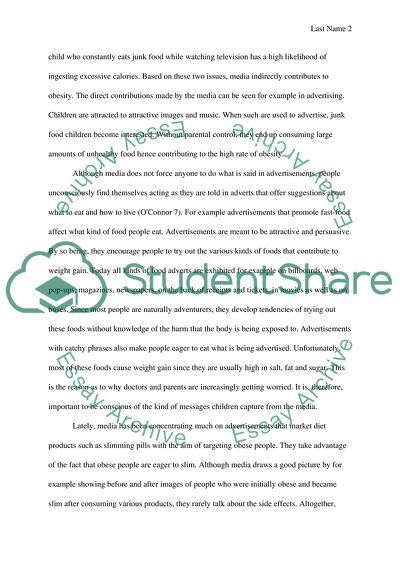Cite this document
(Media and Obesity in the USA Essay Example | Topics and Well Written Essays - 2000 words, n.d.)
Media and Obesity in the USA Essay Example | Topics and Well Written Essays - 2000 words. https://studentshare.org/health-sciences-medicine/1873366-obesity-and-media-in-the-usa
Media and Obesity in the USA Essay Example | Topics and Well Written Essays - 2000 words. https://studentshare.org/health-sciences-medicine/1873366-obesity-and-media-in-the-usa
(Media and Obesity in the USA Essay Example | Topics and Well Written Essays - 2000 Words)
Media and Obesity in the USA Essay Example | Topics and Well Written Essays - 2000 Words. https://studentshare.org/health-sciences-medicine/1873366-obesity-and-media-in-the-usa.
Media and Obesity in the USA Essay Example | Topics and Well Written Essays - 2000 Words. https://studentshare.org/health-sciences-medicine/1873366-obesity-and-media-in-the-usa.
“Media and Obesity in the USA Essay Example | Topics and Well Written Essays - 2000 Words”. https://studentshare.org/health-sciences-medicine/1873366-obesity-and-media-in-the-usa.


